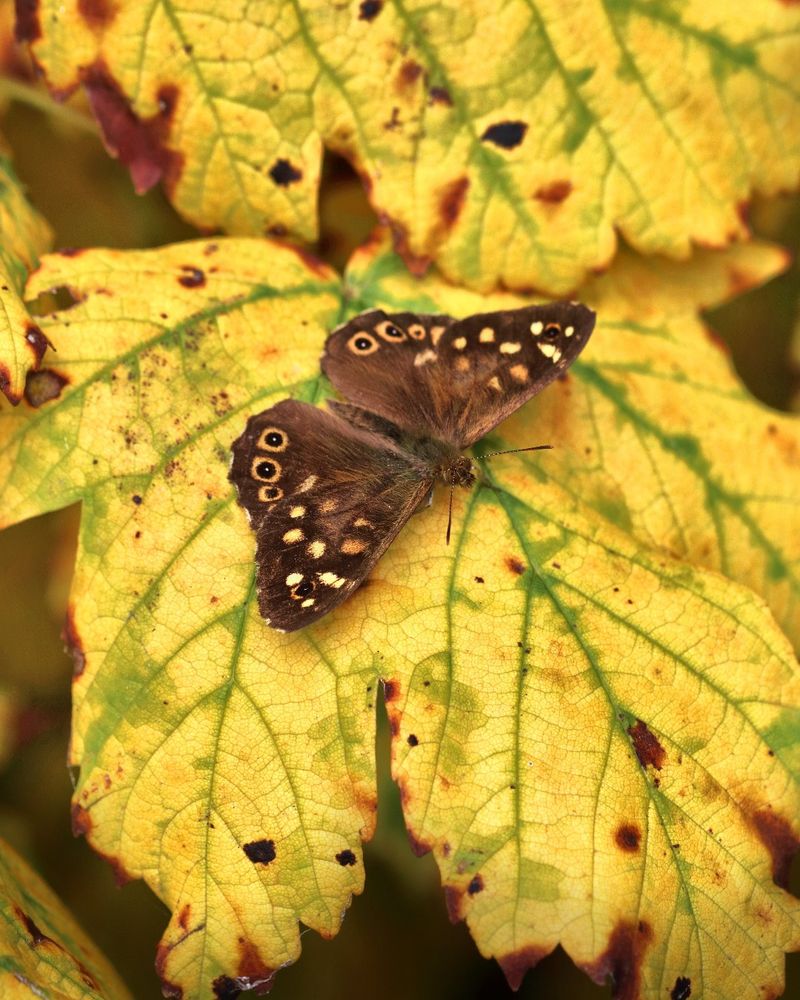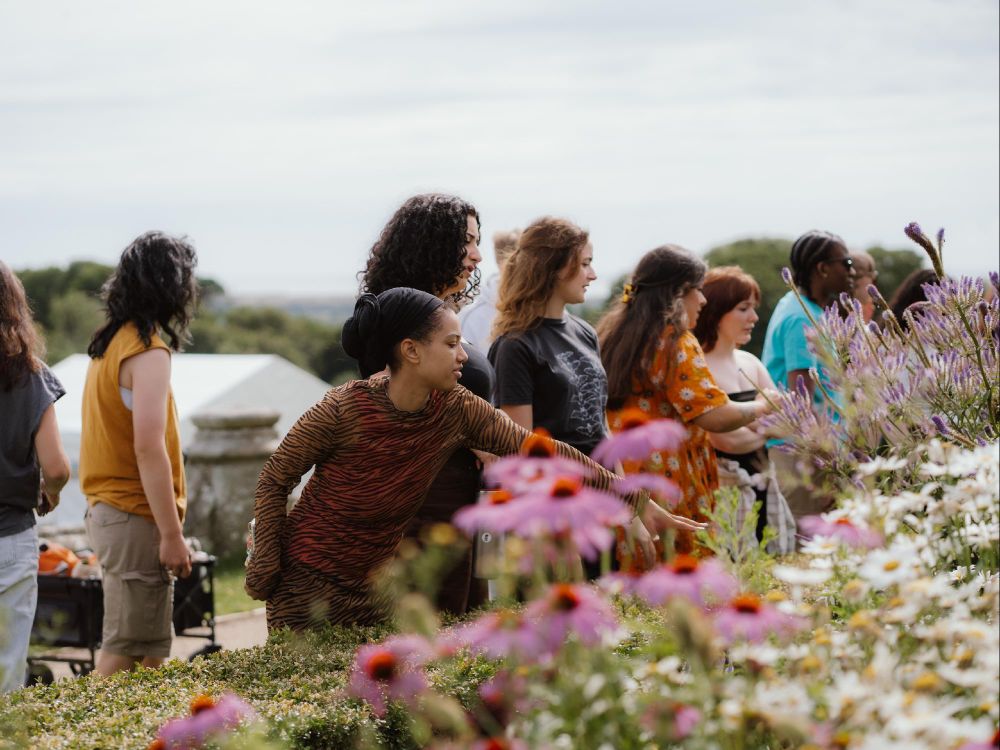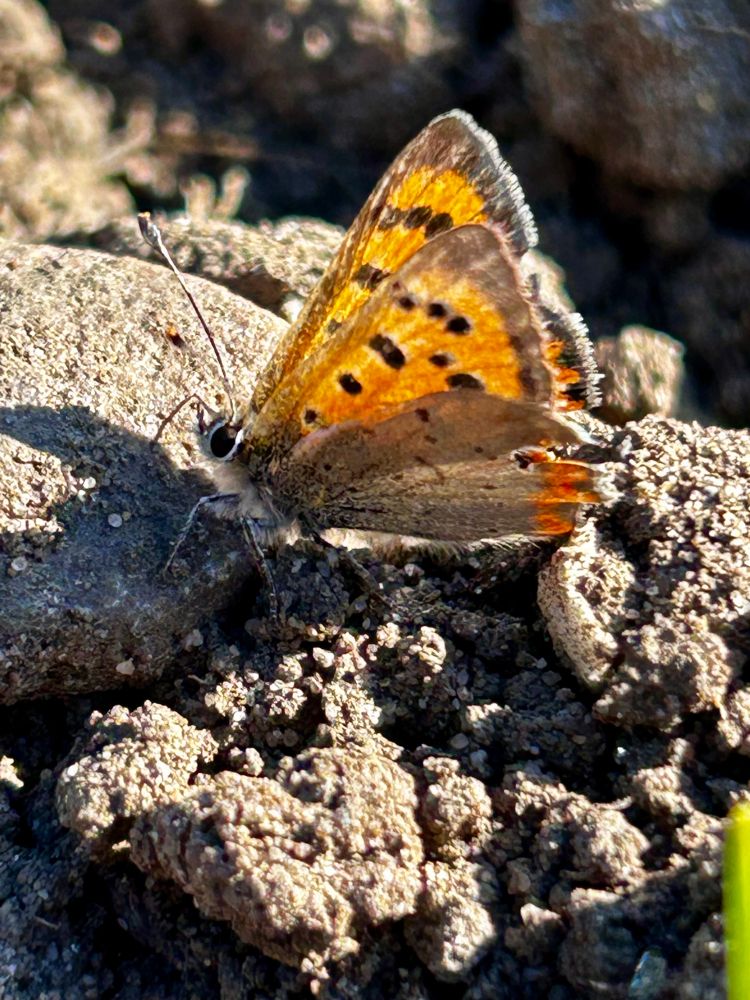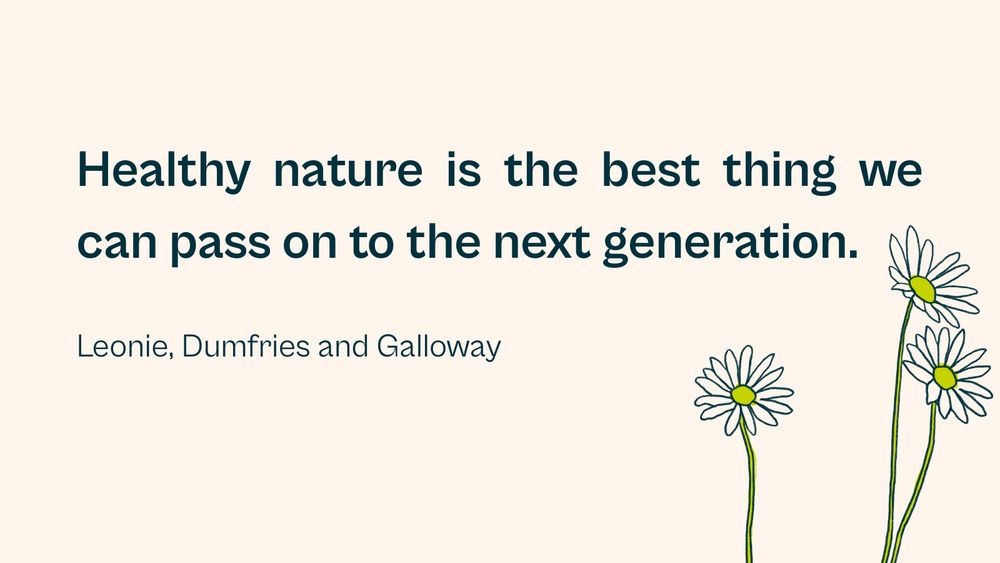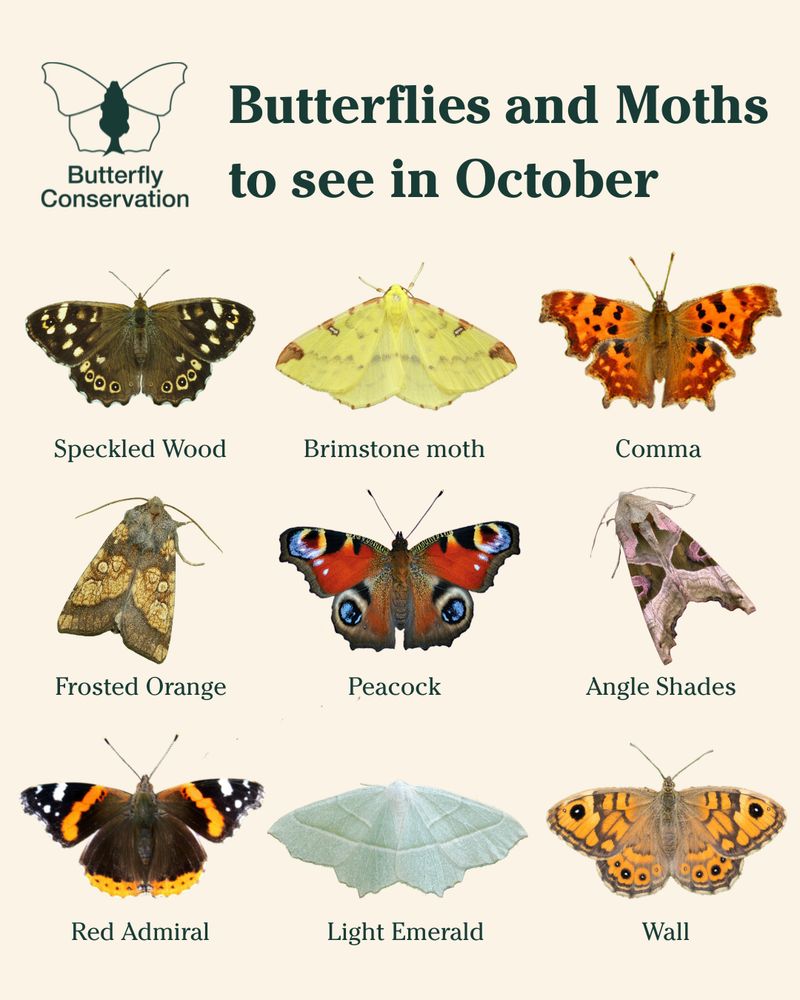Butterfly Conservation
@savebutterflies.bsky.social
3.5K followers
120 following
360 posts
The official account for UK wildlife charity Butterfly Conservation. Saving butterflies, moths and our environment. 🦋
https://butterfly-conservation.org/
Cover photo 📷: Small Copper - Paul Henson
Posts
Media
Videos
Starter Packs
Pinned
Reposted by Butterfly Conservation
Reposted by Butterfly Conservation
Reposted by Butterfly Conservation
Reposted by Butterfly Conservation
Reposted by Butterfly Conservation
Reposted by Butterfly Conservation
Reposted by Butterfly Conservation
Reposted by Butterfly Conservation





















